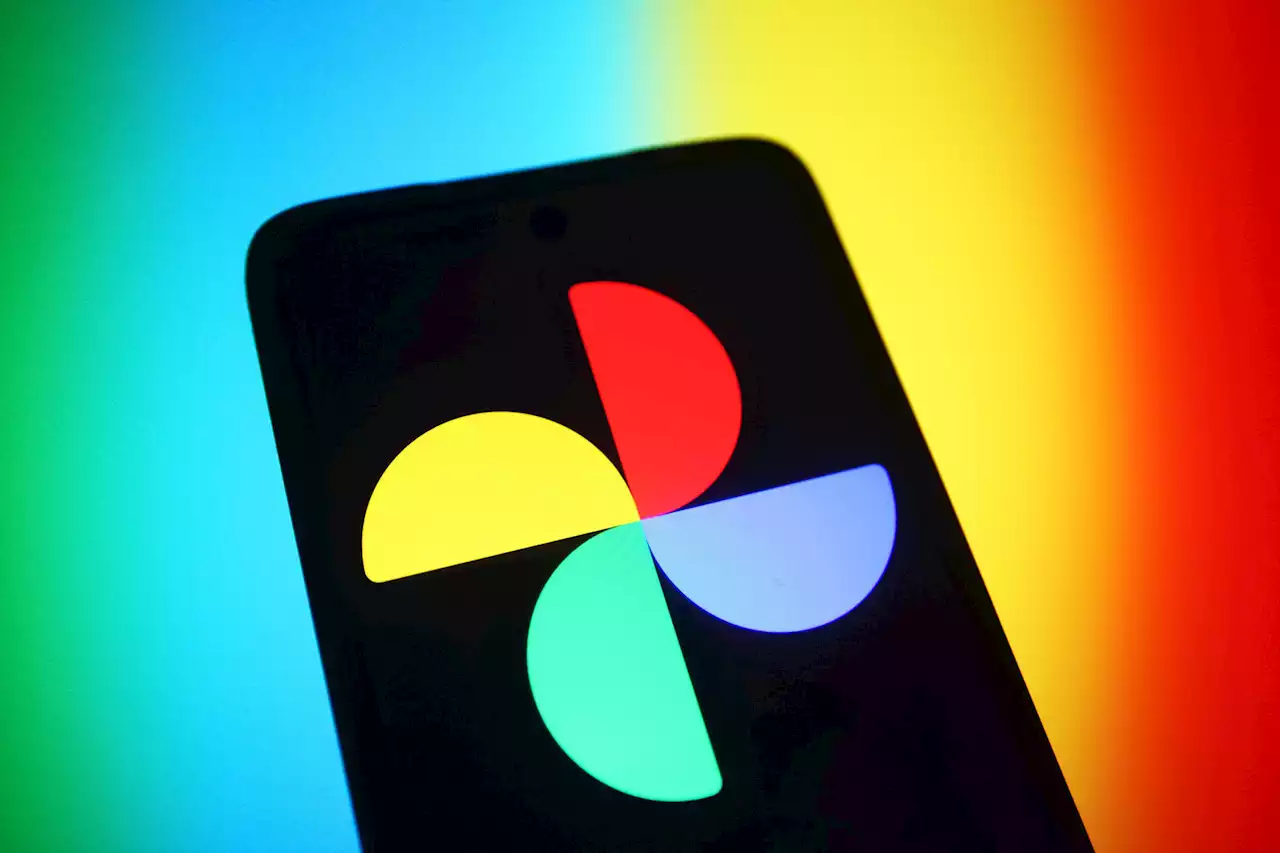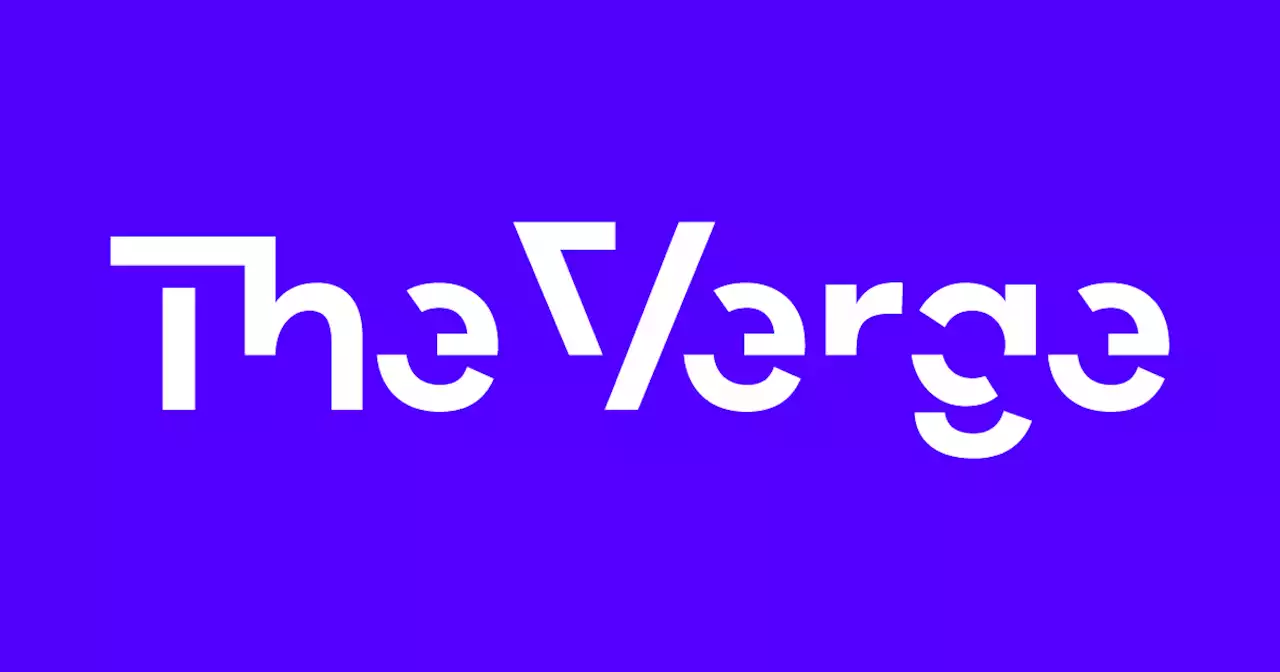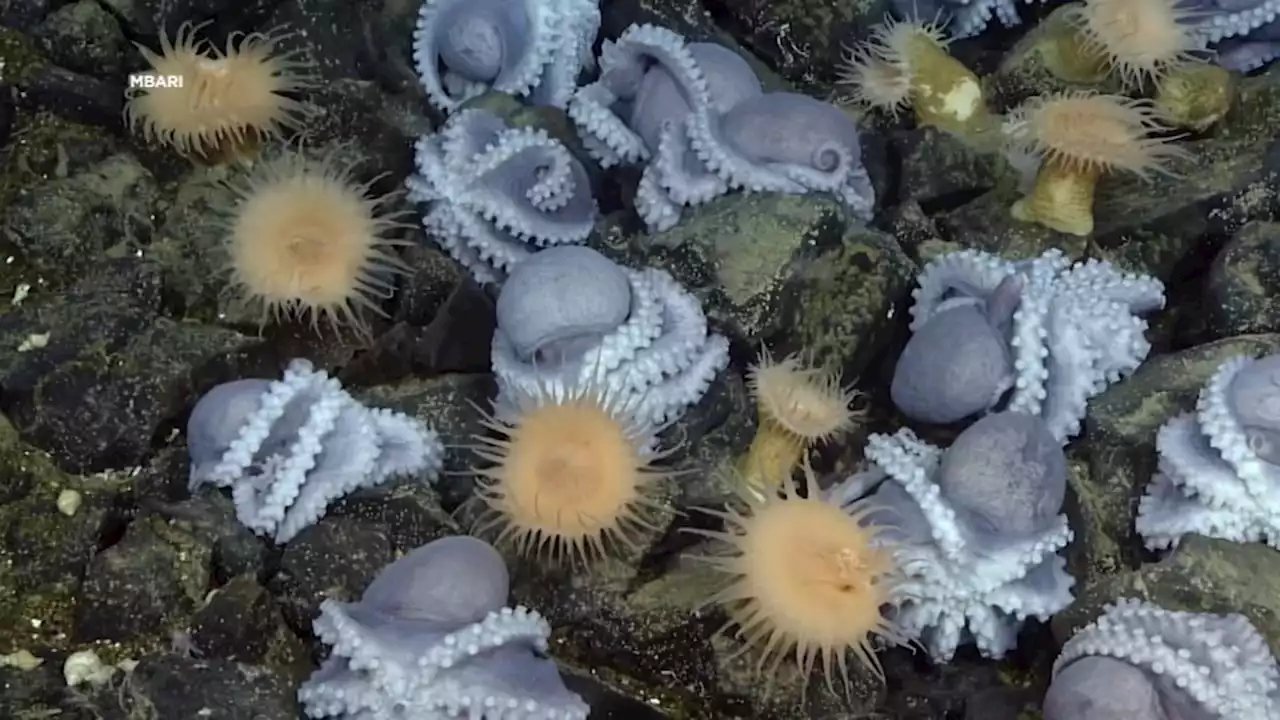Google engineers developed a new method they call SayTap, which they said bridges the gap between a prompt and the precise code that tells a robot dog, or other four-legged robots, where to put its feet down. LLMs generally have a hard time processing such low-level commands given to robots, which usually involve typing in the exact angle for a leg. Researchers can write a prompt like “back off” and then input a set pattern of numbers that indicate if the legs should be on the ground or lifted up.
Google engineers developed a new method they call SayTap, which they said bridges the gap between a prompt and the precise code that tells a robot dog, or other four-legged robots, where to put its feet down. LLMs generally have a hard time processing such low-level commands given to robots, which usually involve typing in the exact angle for a leg.
Researchers can write a prompt like “back off” and then input a set pattern of numbers that indicate if the legs should be on the ground or lifted up.
Canada Latest News, Canada Headlines
Similar News:You can also read news stories similar to this one that we have collected from other news sources.
 Google Cloud CEO Thomas Kurian: 50% of all AI startups run on Google CloudThomas Kurian, Google Cloud CEO, joins 'Closing Bell Overtime' to talk today's Google Cloud Next event, new AI tools Google introduced today and more.
Google Cloud CEO Thomas Kurian: 50% of all AI startups run on Google CloudThomas Kurian, Google Cloud CEO, joins 'Closing Bell Overtime' to talk today's Google Cloud Next event, new AI tools Google introduced today and more.
Read more »
 New Google Leak Reveals Much-Needed Google Photos FeatureGoogle is working on an important upgrade to Google Photos that will help users protect their most personal photos and videos from theft or accidental deletion.
New Google Leak Reveals Much-Needed Google Photos FeatureGoogle is working on an important upgrade to Google Photos that will help users protect their most personal photos and videos from theft or accidental deletion.
Read more »
![]() Google leaked Google’s flagship Pixel 8 Pro, againThe source on this one couldn’t be more legit.
Google leaked Google’s flagship Pixel 8 Pro, againThe source on this one couldn’t be more legit.
Read more »
 How to see your Google Workspace carbon footprintGoogle Workspace admins can now track the impact their work on Google Meet, Gmail, and Google Docs has on climate change. Google announced a new Carbon Footprint reporting tool today that’s available in the admin console. It shows carbon dioxide emissions over time and by service. Google still has a lot of work to do to cut down the greenhouse gas emissions; it has a goal of running its data centers on carbon pollution-free energy sources by 2030.
How to see your Google Workspace carbon footprintGoogle Workspace admins can now track the impact their work on Google Meet, Gmail, and Google Docs has on climate change. Google announced a new Carbon Footprint reporting tool today that’s available in the admin console. It shows carbon dioxide emissions over time and by service. Google still has a lot of work to do to cut down the greenhouse gas emissions; it has a goal of running its data centers on carbon pollution-free energy sources by 2030.
Read more »
 Researchers propose using pulsars to localize gravitational wave sourcesCurrent gravitational wave observatories have two significant limitations. The first is that they can only observe powerful gravitational bursts such as the mergers of black holes and neutron stars. The second is that they can only observe these mergers for wavelengths on the order of hundreds to thousands of kilometers. This means we can only observe stellar mass mergers. Of course, there's a lot of interesting gravitational astronomy going on at other wavelengths and noise levels, which has motivated astronomers to get clever. One of these clever ideas is to use pulsars as a telescope. Research has been published on the pre-print server arXiv.
Researchers propose using pulsars to localize gravitational wave sourcesCurrent gravitational wave observatories have two significant limitations. The first is that they can only observe powerful gravitational bursts such as the mergers of black holes and neutron stars. The second is that they can only observe these mergers for wavelengths on the order of hundreds to thousands of kilometers. This means we can only observe stellar mass mergers. Of course, there's a lot of interesting gravitational astronomy going on at other wavelengths and noise levels, which has motivated astronomers to get clever. One of these clever ideas is to use pulsars as a telescope. Research has been published on the pre-print server arXiv.
Read more »
 Researchers use underwater technology in Bay Area to unlock mysteries of rare octopus gardenThousands of octopus moms are protecting their newly laid eggs on the ocean floor of the Monterey Bay National Marine Sanctuary.
Researchers use underwater technology in Bay Area to unlock mysteries of rare octopus gardenThousands of octopus moms are protecting their newly laid eggs on the ocean floor of the Monterey Bay National Marine Sanctuary.
Read more »
